#nasa image of the day
Text
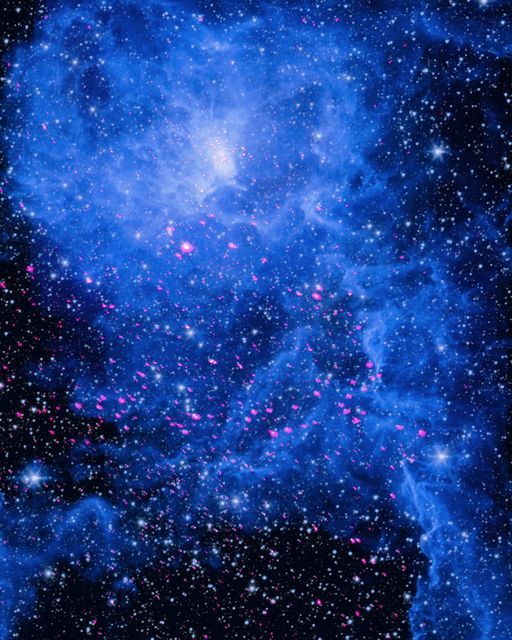
The Lagoon Nebula is a region where stars are actively forming about 4,400 light-years from Earth. This field-of-view, which spans roughly 35 light-years, shows the southern portion of a large bubble of hydrogen gas and a cluster of young stars ✨️
📷: NASA, CXC, JPL, Penn State/K. Getman
#nasa image of the day#nasa webb telescope#nasawebb#nasa breaking news#nasa#astrophotography#astronomy#solar system#astrophysics#hubble#physics#james webb images#james webb space technology#nebula
392 notes
·
View notes
Photo

NASA Astronomy Picture of the Day: January 18, 2021
The Medulla Nebula Supernova Remnant,
nicknamed the Medulla Nebula for its brain-like shape.
Image Credit: Russell Croman
166 notes
·
View notes
Text
Infant Star Burning Bright

NASA’s James Webb Space Telescope’s high resolution, near-infrared look at Herbig-Haro 211 reveals exquisite detail of the outflow of a young star, an infantile analogue of our Sun. Herbig-Haro objects are formed when stellar winds or jets of gas spewing from newborn stars form shock waves colliding with nearby gas and dust at high speeds. The image showcases a series of bow shocks to the southeast (lower-left) and northwest (upper-right) as well as the narrow bipolar jet that powers them in unprecedented detail. Molecules excited by the turbulent conditions, including molecular hydrogen, carbon monoxide and silicon monoxide, emit infrared light, collected by Webb, that map out the structure of the outflows
Source: ESA/Webb, NASA, CSA, T. Ray (Dublin Institute for Advanced Studies)
#jwst#jwst images#james webb space telescope#webb telescope#james webb photos#astronomy#nasa#nasa image of the day#nasawebb
9 notes
·
View notes
Text
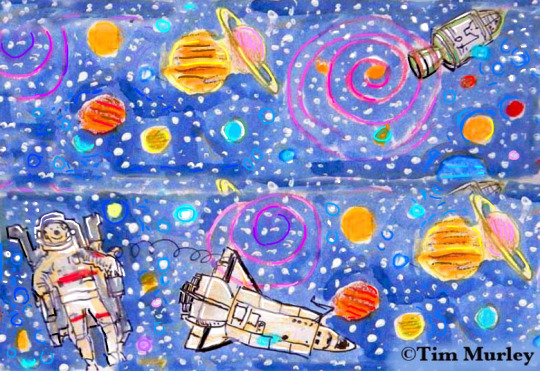
Up in space for a better view. ✨🟣🌗🌟🌛🚀 🔴🪐 💫🌝
#space station#space x#spacex#space camp#iss#neil degrasse tyson#black holes#hubble telescope#hubble#nasa mars landing#nasa mars rover#nasa image of the day#nasa#nasa hubble telescope#saturn#mars#mars landing#shooting star#comets#meteor shower#astronomer#astronomy#astronauts#space shuttle#astronaut#falcon 9#elon musk#space launch#launch america#kids room decor
10 notes
·
View notes
Text
NASA's image of the day
15 June 2023
The M15: Dense Globular Star Cluster
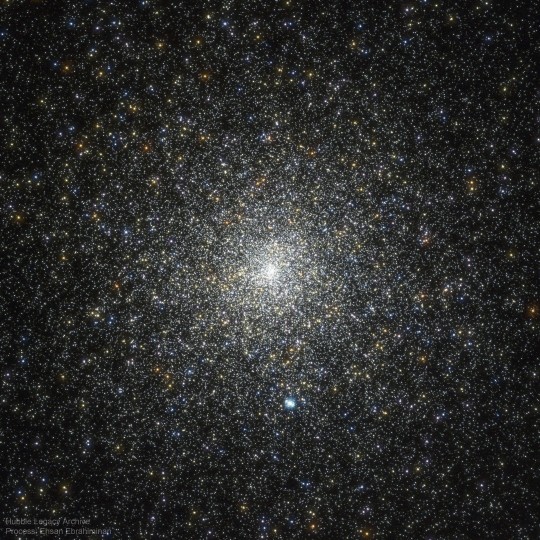
Text that goes along with it under the cut
06-15-2023
M15: Dense Globular Star Cluster
Messier 15 is an immense swarm of over 100,000 stars. A 13 billion year old relic of the early formative years of our galaxy it's one of about 170 globular star clusters that still roam the halo of the Milky Way. Centered in this sharp reprocessed Hubble image, M15 lies some 35,000 light-years away toward the constellation Pegasus. Its diameter is about 200 light-years, but more than half its stars are packed into the central 10 light-years or so, making one of the densest concentrations of stars known. Hubble-based measurements of the increasing velocities of M15's central stars are evidence that a massive black hole resides at the center of the dense cluster. M15 is also known to harbour a planetary nebula. Called Pease 1 (aka PN Ps 1), it can be seen in this image as a small blue blob below and just right of center.
Image Copyright: Image Credit: NASA, ESA, Hubble Legacy Archive; Processing: Ehsan Ebrahimian
0 notes
Text
A POWERFUL ANGELIC BEING SPEEDING INTO THE SUN TO EXPLODE IT 6/11/23: REMEMBER NOT TO HELP GLOBAL SPACE AGENCIES PROMOTE SUN DIVING COMET DECEPTION PROPAGANDA. NOTICE NASA USA AIR FORCE NOAA PHOTO SHOP THE IMAGE USING GREY PIXELATED SQUARES TO HIDE IT… THEN THEY FADE IT OUT BEFORE IMPACTING THE SUN, WHY? BECAUSE NASA IS PART OF SATANS BEAST SYSTEM 666 AND DON’T WANT YOU TO KNOW A TRUE GOD DO EXIST AND THESE CELESTIAL BODIES-BEINGS ARE OF HIS CREATIONS UNDER THE EXECUTIVE COMMAND OF JESUS CHRIST.
#pbau#jwusa#beautiful#fyp#jworg#news#bible#happy#christians#love#chiefjustice#john wick chapter 4#mel gibson#nasa image of the day#jwfriends#worldwide#worldnews#globalnews#king felipe of spain
0 notes
Text

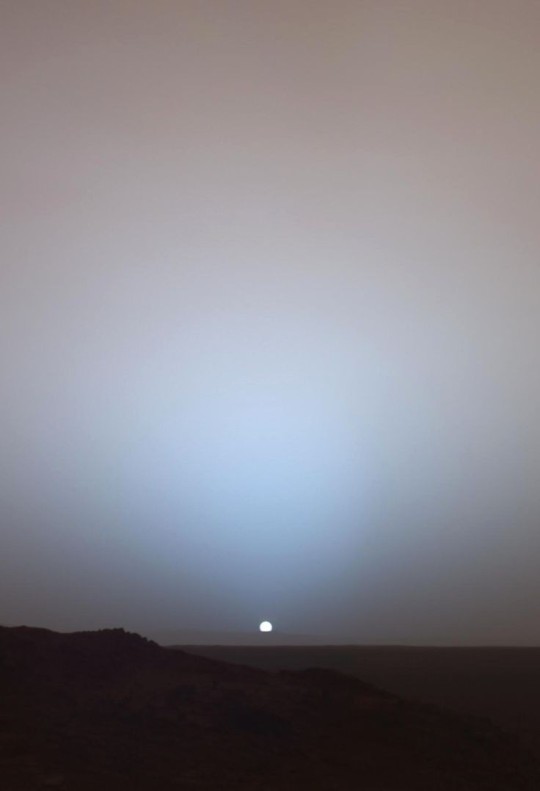
Moonset & Sunset over Mars! These photos never get old. From another world!
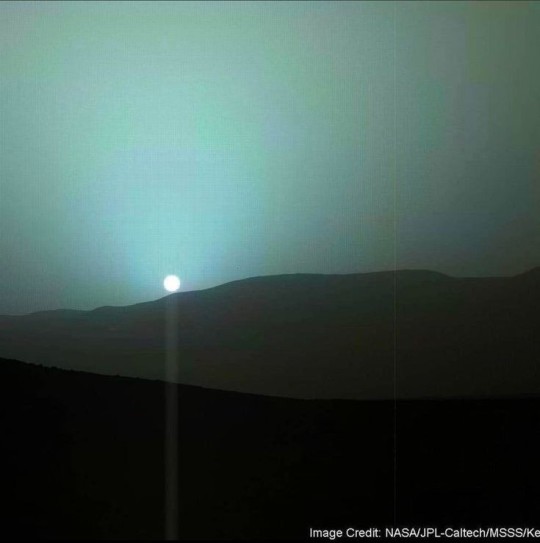

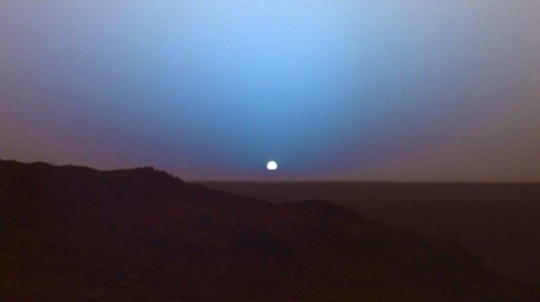

#mars planet#mars#planets#planet#nasa picture of the day#nasa photos#nasa#nasawebb#our universe#universe#space science#outer space#space exploration#space#hubble space telescope#hubble#james webb photos#james webb images#james webb#astronomers#astrophysics#astrophotography#astrology#astronomy#astro observations#astro community#astro notes
1K notes
·
View notes
Link
0 notes
Text
The birth of a star as seen by the James Webb Space Telescope

#astronomy#space#astrophotography#universe#nasa#astro#galaxy#galaxies#astronout#stars#star#astro observations#astro notes#astro community#nasa picture of the day#nasa breaking news#nasa photos#james webb images#james webb telescope#telescope
959 notes
·
View notes
Text
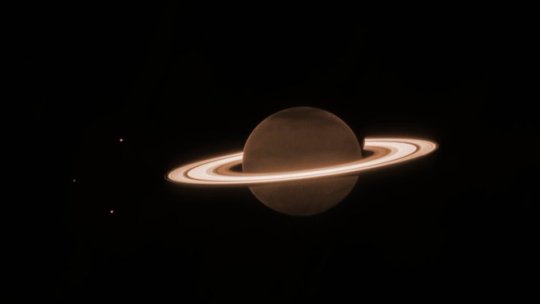
Saturn
NASA’s James Webb Space Telescope took its first near-infrared look at Saturn on June 25. The planet appears dark at this wavelength, as methane gas in its atmosphere absorbs sunlight — but its icy rings stay bright!
Of course Saturn brought its ring light 🪐
#james webb#james webb space telescope#james webb images#saturn#nasa#nasa webb telescope#nasa picture of the day#space#solar system#planet
747 notes
·
View notes
Text

TRAPPIST-1 c, the second of seven known planets in the TRAPPIST-1 system, orbiting an ultracool red dwarf star (M dwarf) at a distance of about 1.5 million miles and 40 light-years away from Earth. TRAPPIST-1 c is an interesting exoplanet because it’s basically a Venus twin: It’s about the same size as Venus and receives a similar amount of radiation from its host star as Venus gets from the Sun. With a dayside temperature of roughly 380 kelvins (about 225 degrees Fahrenheit), TRAPPIST-1 c is now the coolest rocky exoplanet ever characterized based on thermal emission, Webb data suggests.
📷: NASA, ESA, CSA, Joseph Olmsted (STScI)
#james webb images#james webb update#james webb uzay teleskobu#james webb space telescope#james webb space technology#james webb telescope#james webb photos#nasa webb telescope#nasa image of the day#nasa#nasa breaking news#trappist#astronomy#solar system#astrophysics#hubble#physics
91 notes
·
View notes
Text

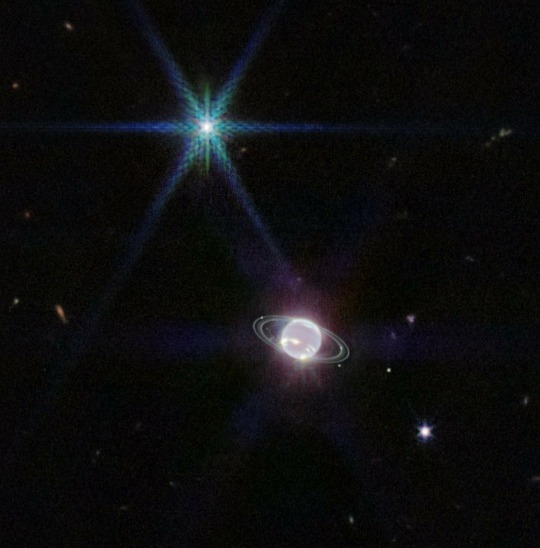

the clearest view of neptune's rings in 30+ years :)
#neptune#james webb update#james webb telescope#james webb space technology#james webb images#james webb photos#james webb space telescope#jwst#planets#galaxy#astronomy#shri's posts: jwst#nasa#nasa photos#nasa webb telescope#nasa james webb space telescope#nasa picture of the day#cosmos#outer space#space#nebula#stars#sky#aesthetic#1K#2K
3K notes
·
View notes
Text

#cross stitch#crossstichlove#cross stitch art#nebula#space#outterspace#outter space#cosmos#hubble#hubble telescope#james webb telescope#jwt#james webb space telescope#james webb space technology#james webb photos#james webb images#james webb update#nasa#nasa picture of the day#nasapunk#stars
184 notes
·
View notes
Photo

NASA image of the day, May 31, 2023: Hired by NASA’s Johnson Space Center in Houston in 1963, Josephine Jue was a Chinese-American computer programmer and mathematician who worked for the agency for more than 30 years.
100 notes
·
View notes
Text


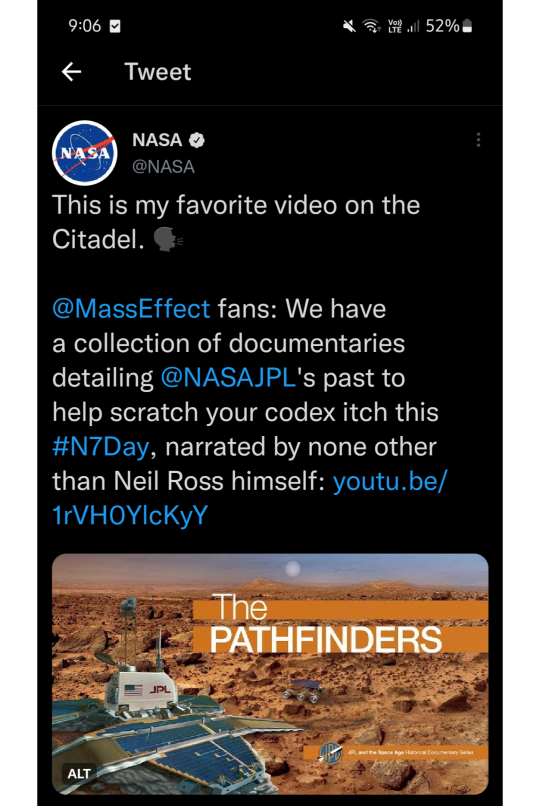
W H A T IS HAPPENING
gamble twitter link, nasa twitter link, youtube link
#guys i'm running on like 24 hours without sleep i can't comprehend anymore#mass effect#n7 day#also as for the image: people have pointed put how everyone's wearing breathers and that thetesta shop from omega#do with that what you will#also the nasa video is 4 months old
118 notes
·
View notes
Text

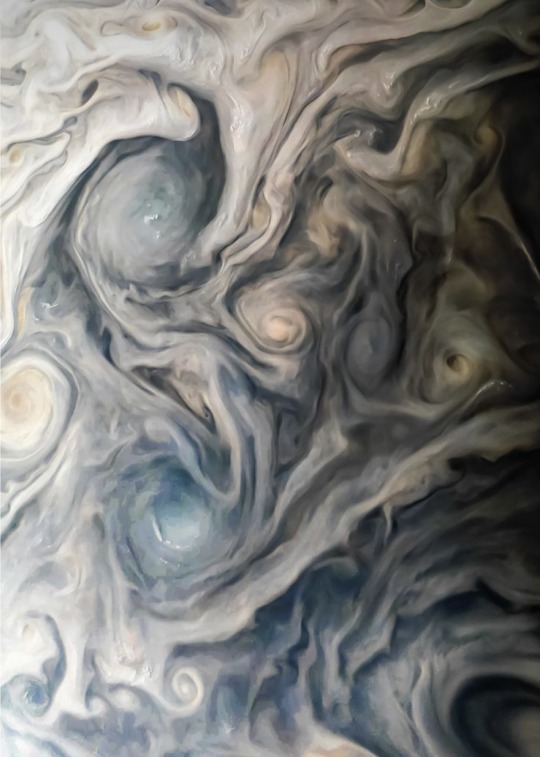




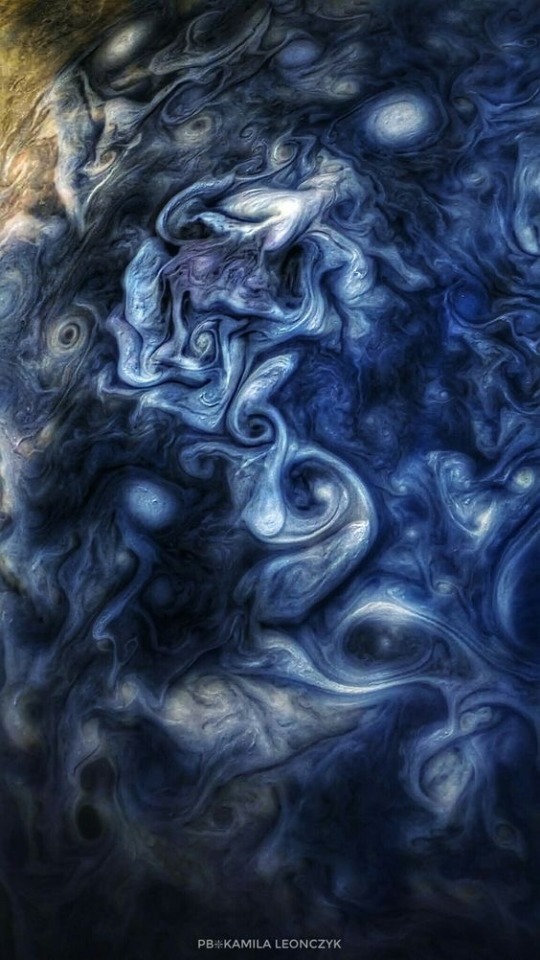
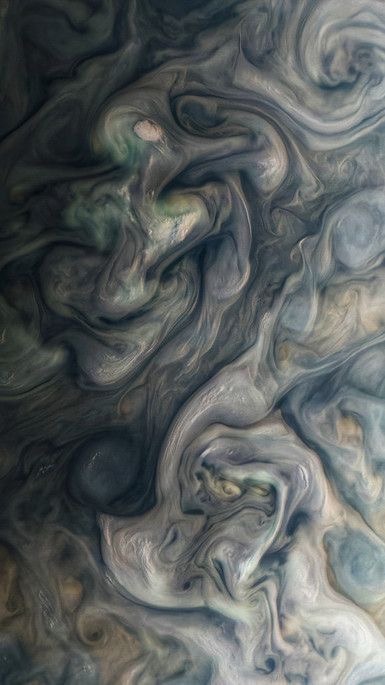
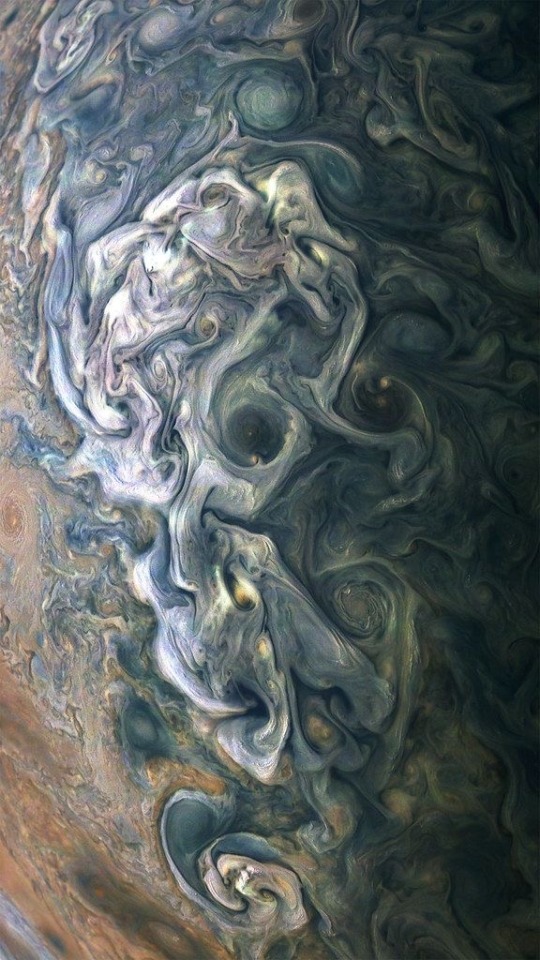
My favorite most beautiful planet in the solar system! Jupiter!

Keep looking!!! I'm uploading more
#jupiter#space station#hubble space telescope#space science#outer space#space#james webb images#james webb#james webb photos#james webb space technology#nasa#nasa photos#nasawebb#nasa picture of the day#astronomers#astrophotography#astrophysics#astronomy#solar system#universe
1K notes
·
View notes